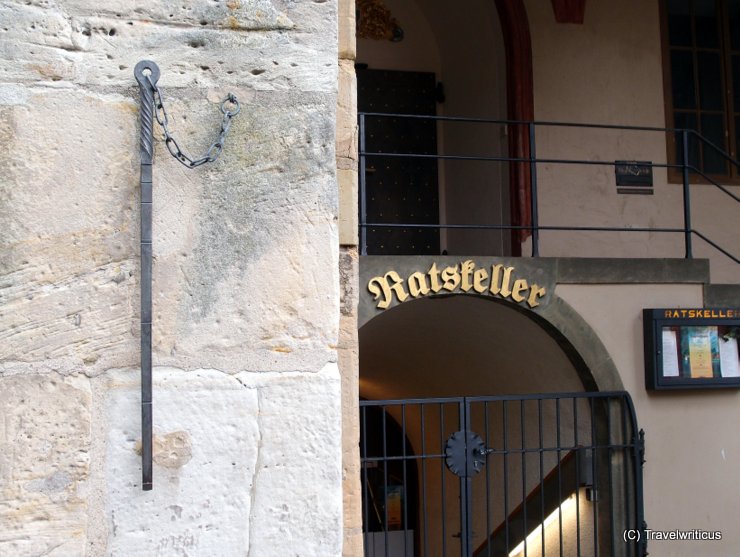
On a wall of the Hildesheim Town Hall, you find this Elle (ell). In the past, merchants on the local market square used to measure their fabrics in ells. The publicly displayed piece formed a benchmark for the correct length of the marketer’s ells.
You only see what you know (Goethe)

On a wall of the Hildesheim Town Hall, you find this Elle (ell). In the past, merchants on the local market square used to measure their fabrics in ells. The publicly displayed piece formed a benchmark for the correct length of the marketer’s ells.
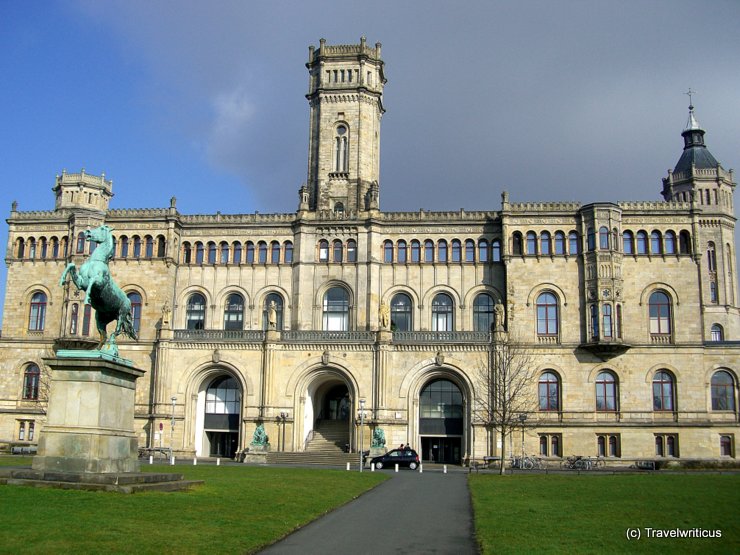
The Welfenschloss in Hanover was once intended to serve as a summer residence for King George V and his family. This use never occurred. Today, the building houses the Gottfried Wilhelm Leibniz University. [German]
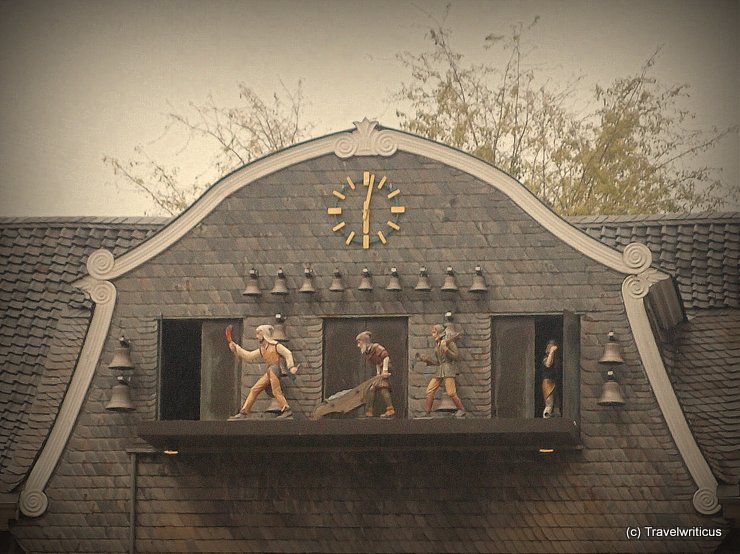
The Glockenspiel at the Kaiserringhaus in Goslar shows miners at work four times a day. In addition, the carillon bells play tunes like the Steigerlied. That way, the Glockenspiel call attention to the nearby Rammelsberg Mine.
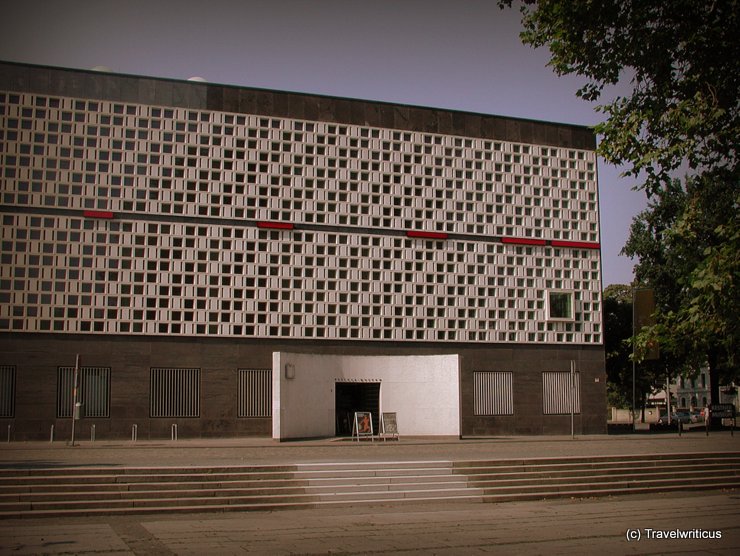
People call it “The house with the 5,000 windows”. Actually, the facade of the Museum August Kestner consists of thousands of glass elements. That way, visitors enjoy the exhibits in a special light. The building saw its opening in 1889. [German]
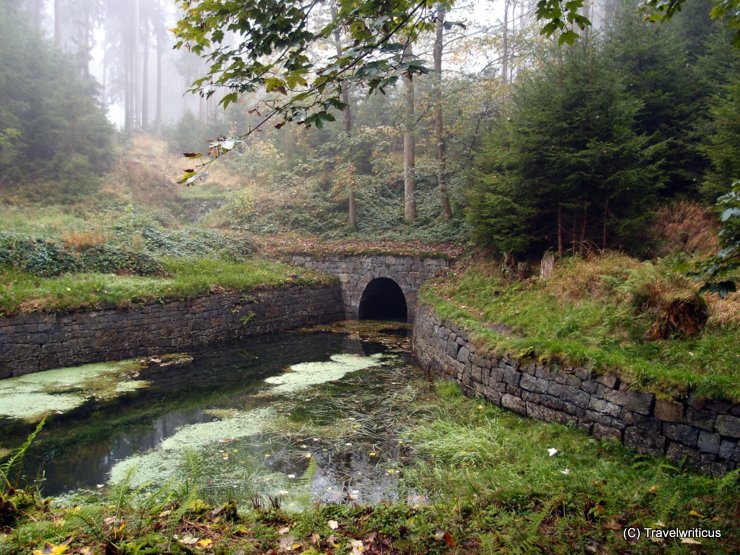
The Upper Harz Water Regale (Oberharzer Wasserregal) is a system of dams, reservoirs and ditches built from the 16th to 19th centuries to divert and store the water that drove the water wheels of the mines in the Upper Harz region. [German]
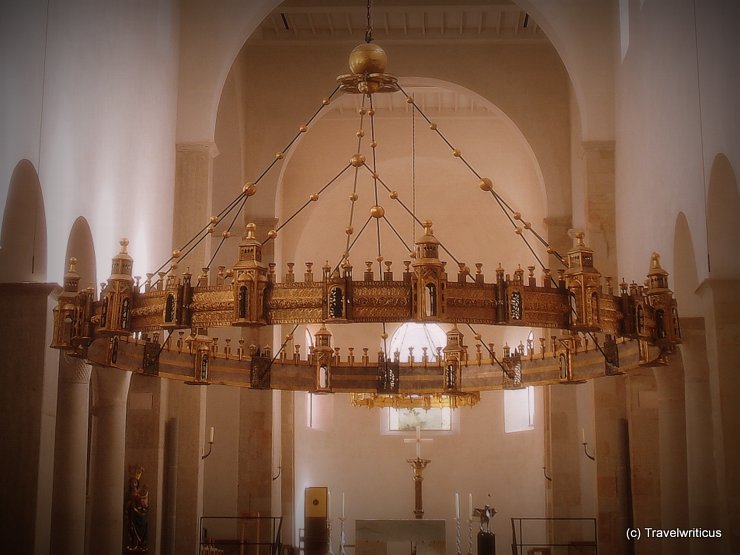
The Hezilo Chandelier in the Hildesheim Cathedral is a medieval circle-candlestick which measures stunning 6 metres in diameter. Its name origins from Bishop Hezilo of Hildesheim, who commissioned the chandelier in the 11th century.
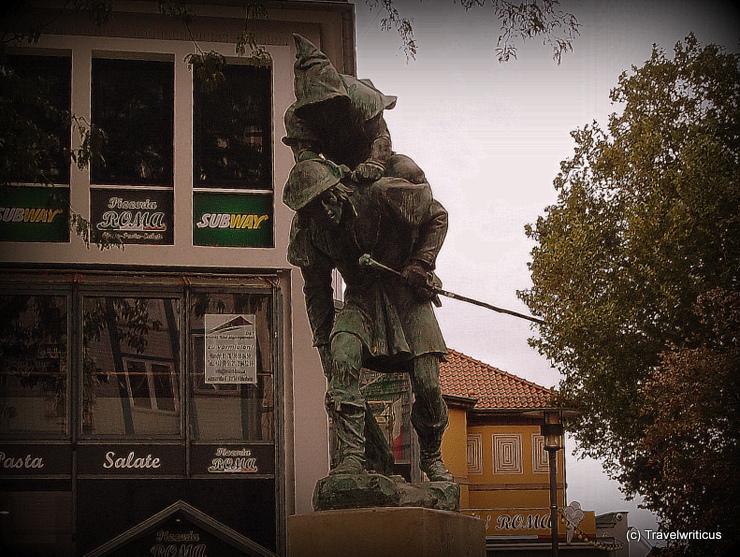
At the southern end of Hildesheim’s pedestrian area, I came across a Huckup. The Aufhocker had found its victim in the person of a young thief of apples. But both are just a sculpture created by Carl Röder. [German]
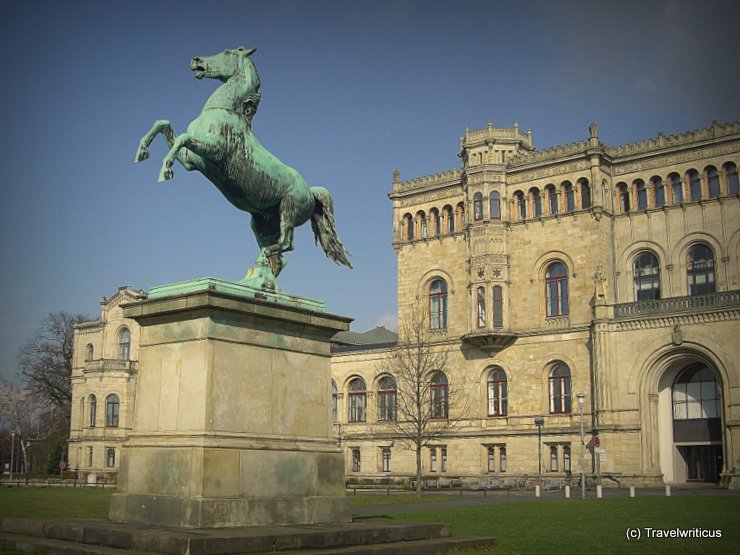
The Saxon Steed (Sachsenross) has travelled a lot. You find it in many coats of arms and illustrations from different regions. While walking through Hanover, I finally saw a sculpture of this historic symbol. [German]
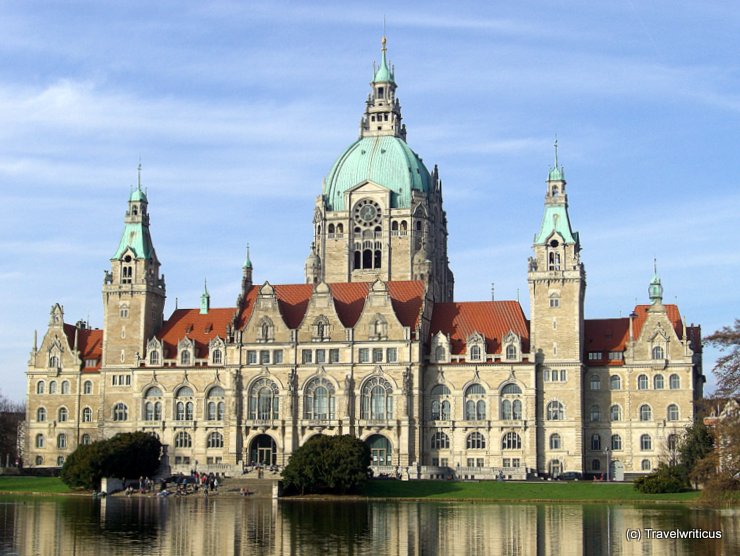
The New Town Hall in Hanover (Neues Rathaus Hannover) was opened in 1913. Since then, a pond in front of it mirrors the eclectic architecture. Inside, the building offers an intriguing curved dome lift. [German]
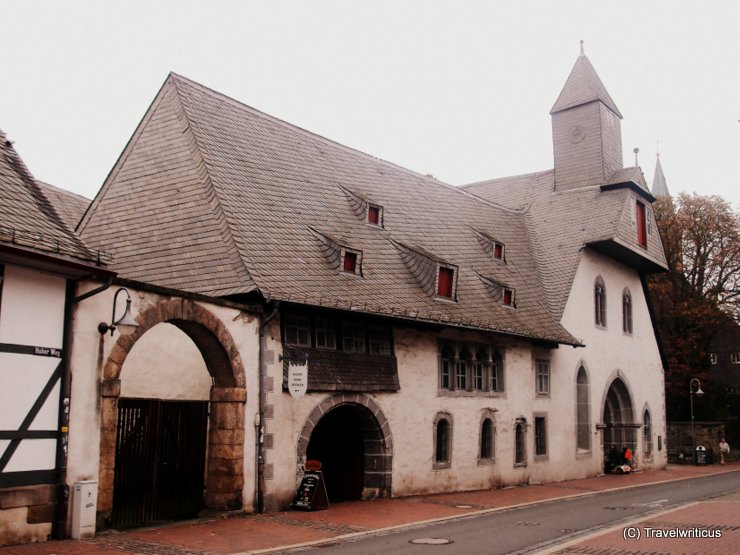
In the year 1254, a hospital for people in need, invalids and orphans, but also for pilgrims has been erected in Goslar. Today the building, which is generally known by its German name ‘Große Heilige Kreuz’, still houses flats for retired people. In another part of the former hospital, you can visit a couple of craftspeople in their shops.
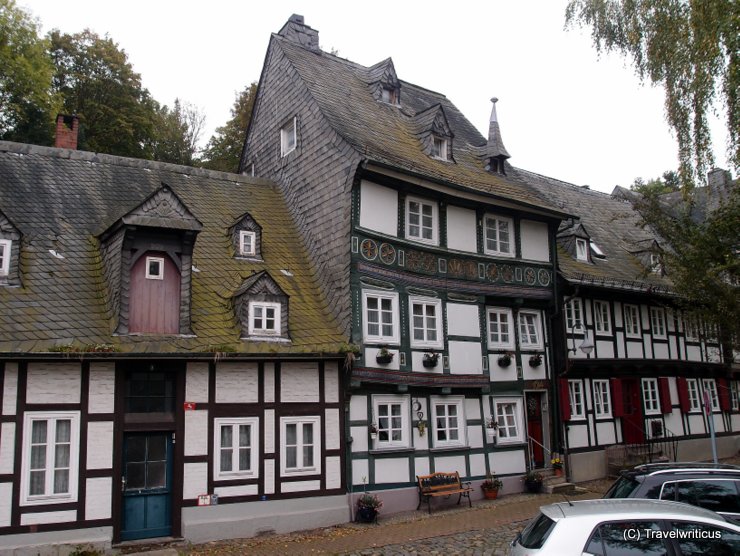
On my way from the centre of Goslar to the Imperial Palace (Kaiserpfalz) I came across this double-crooked building in the middle of a row of half-timbered houses. I guess, it wouldn’t be that easy to buy furniture for this home?
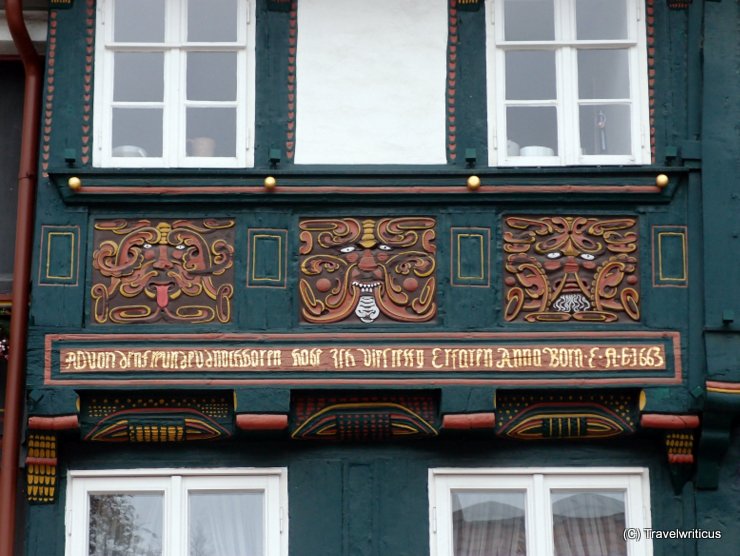
You find these strange faces on one of the oldest squares in Goslar. The German name of the square is Schuhhof. Personally, they reminded me more of faces known from overseas than of German ones.